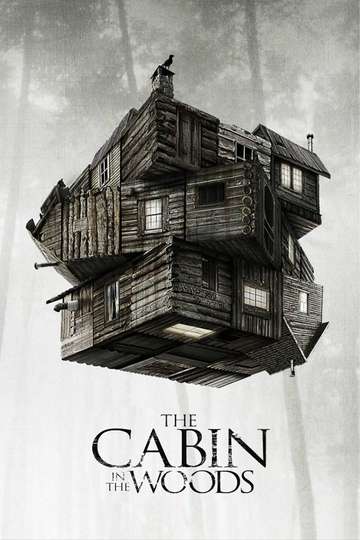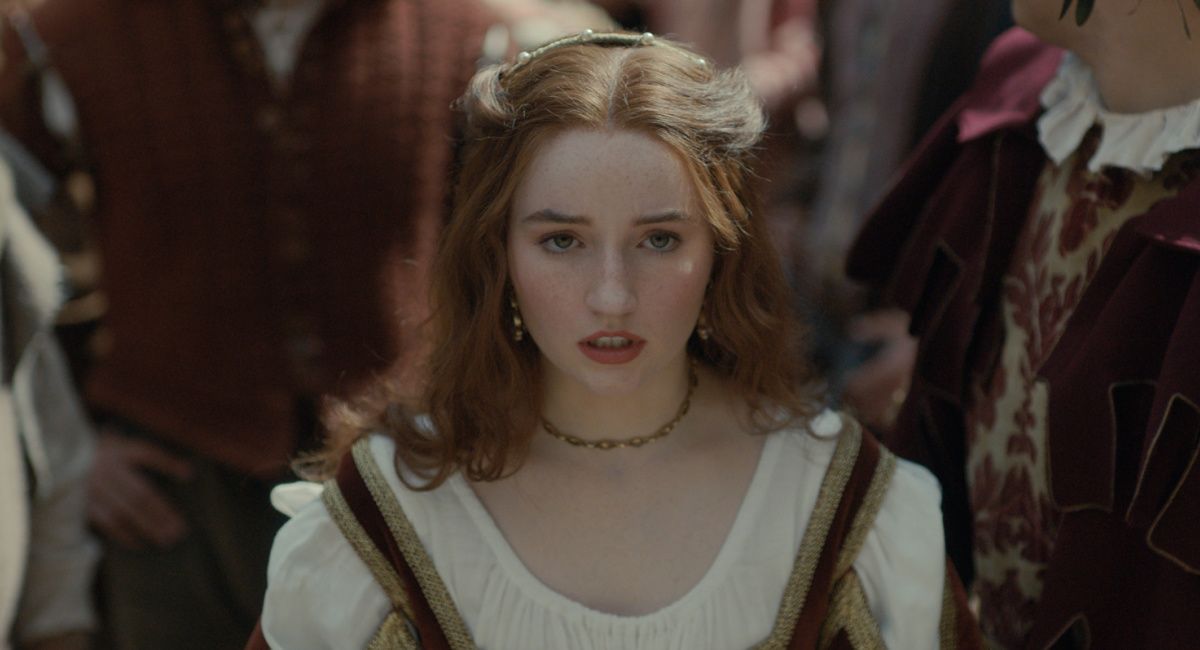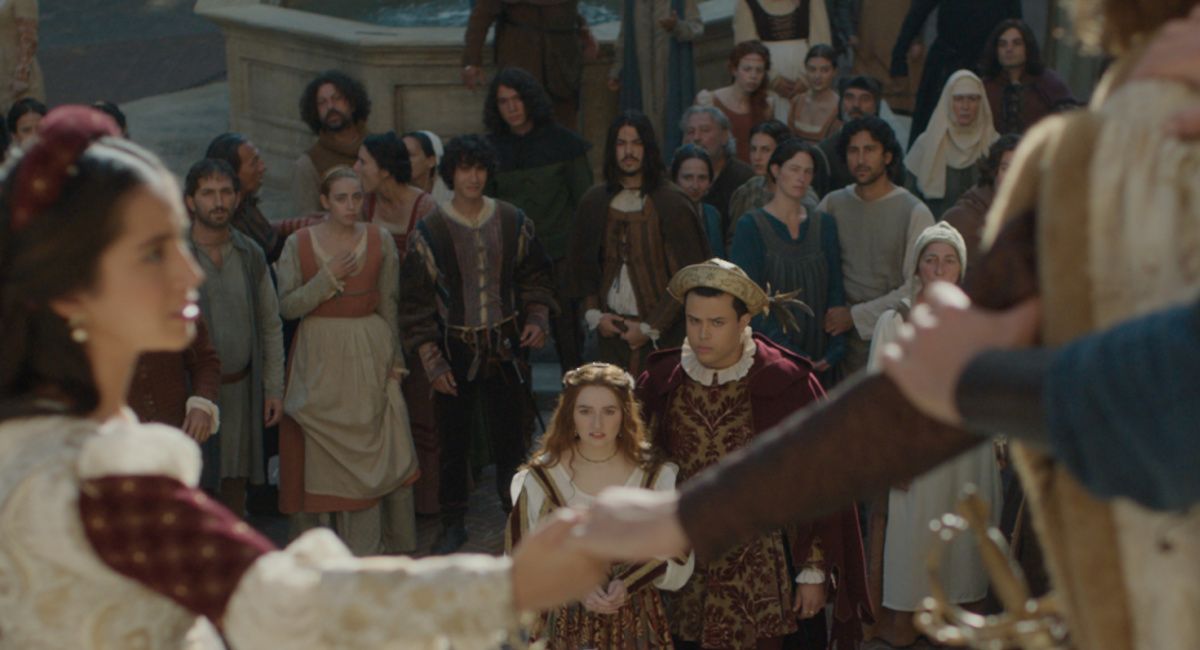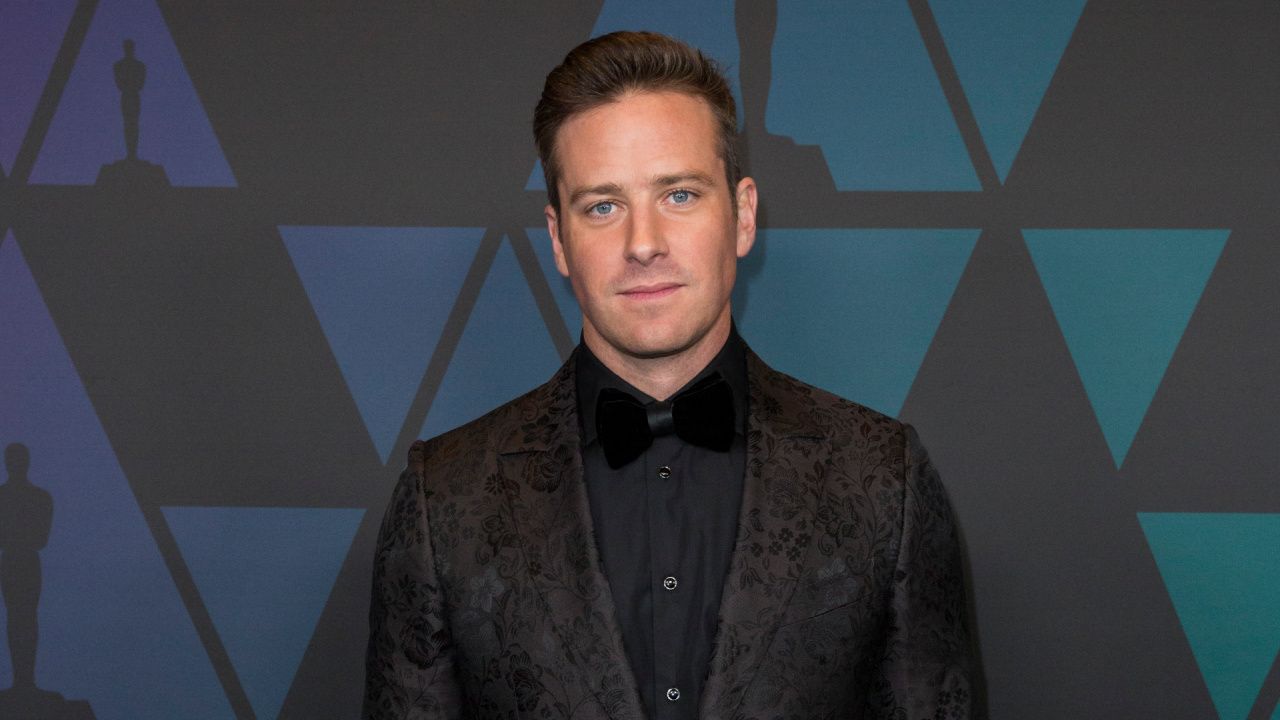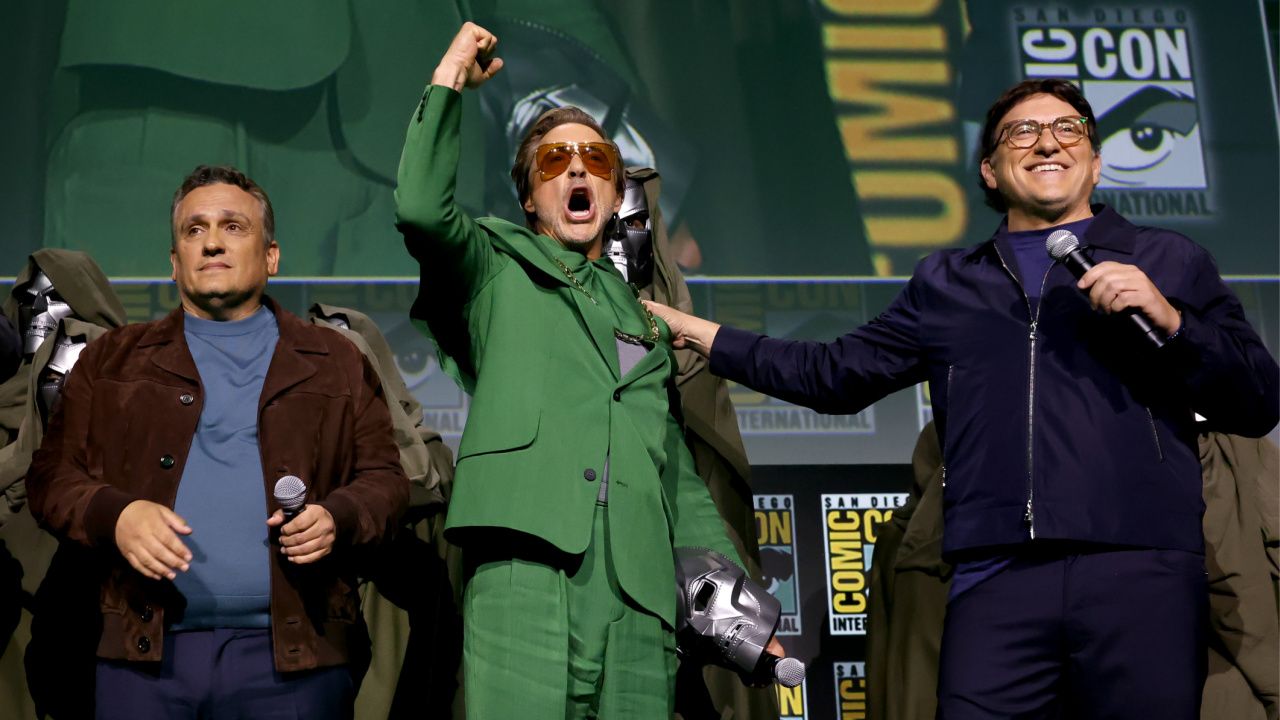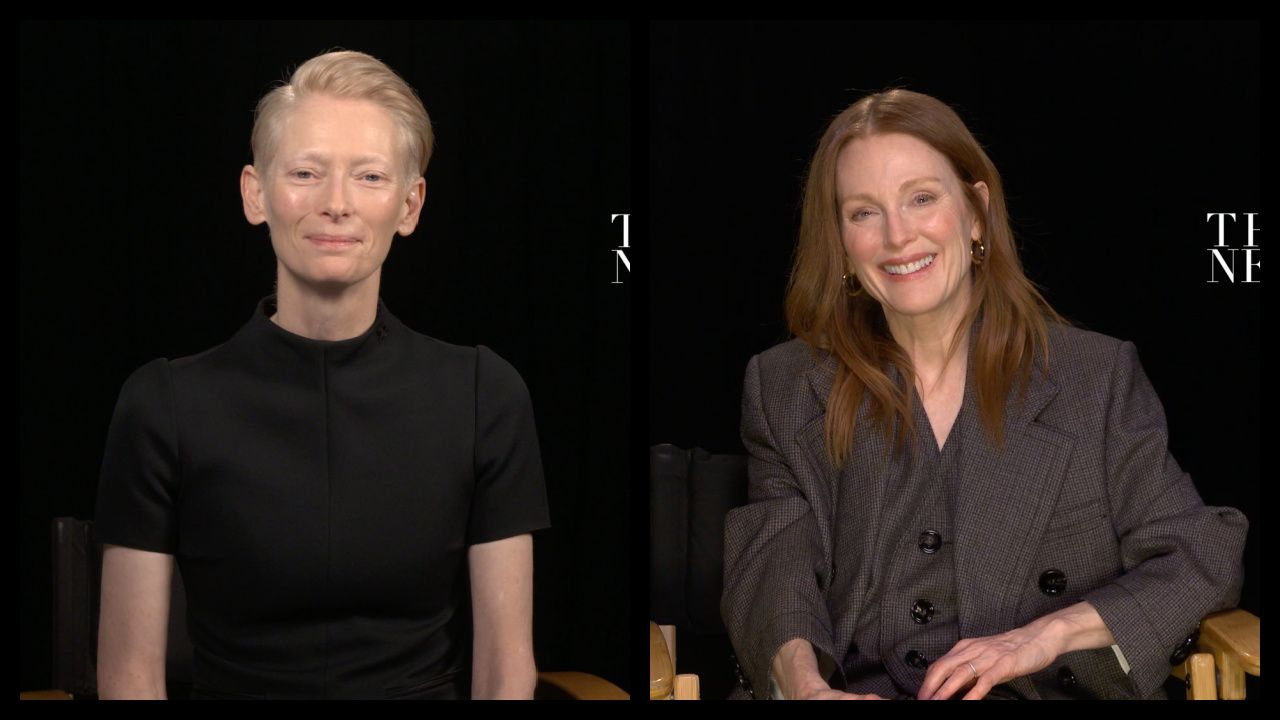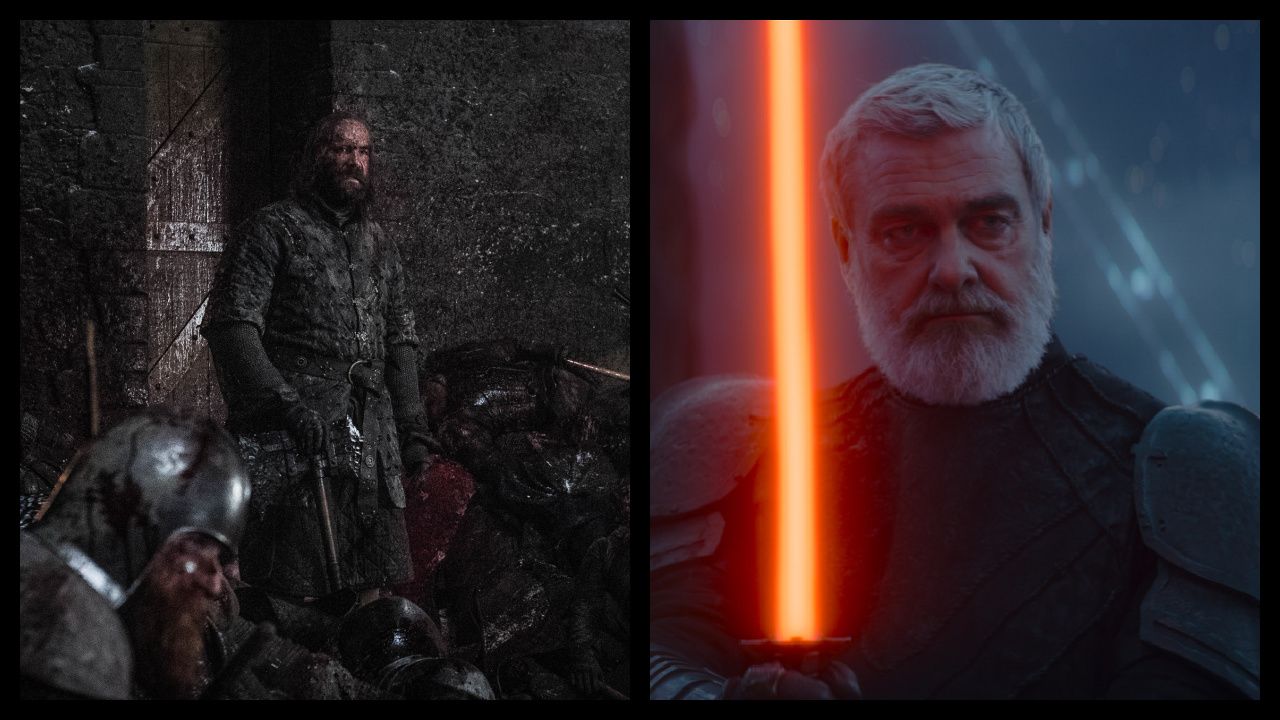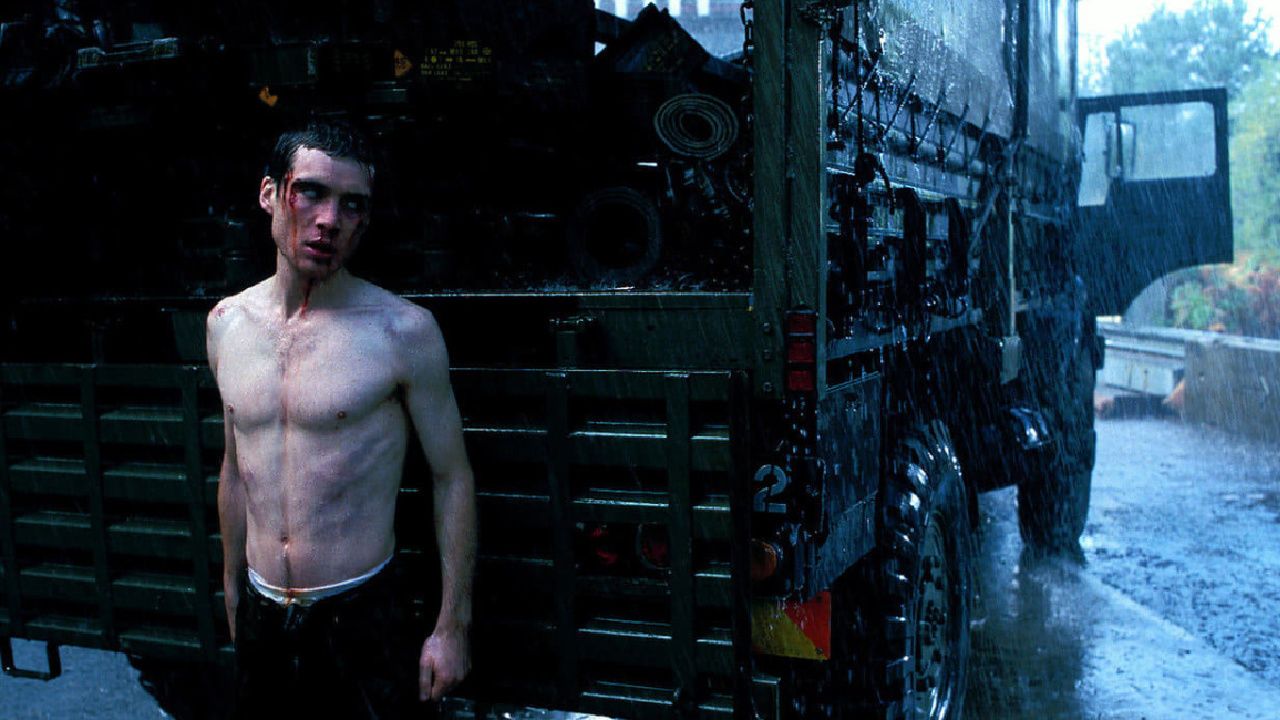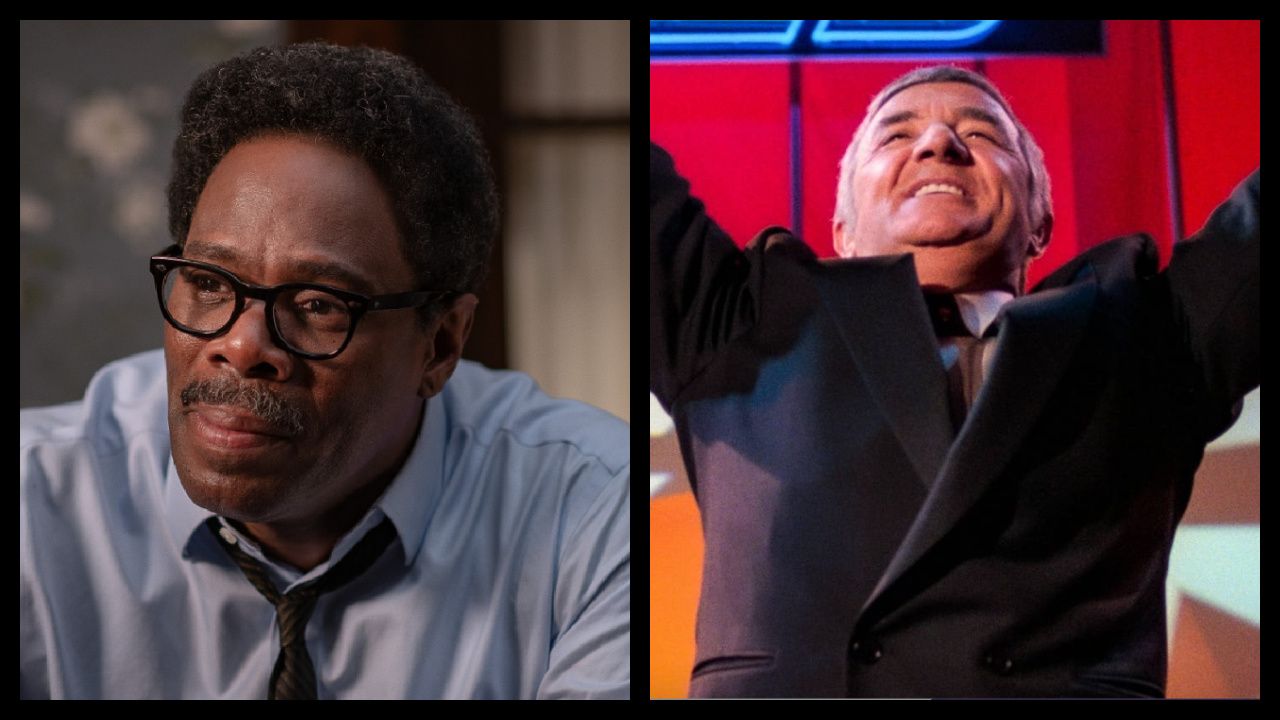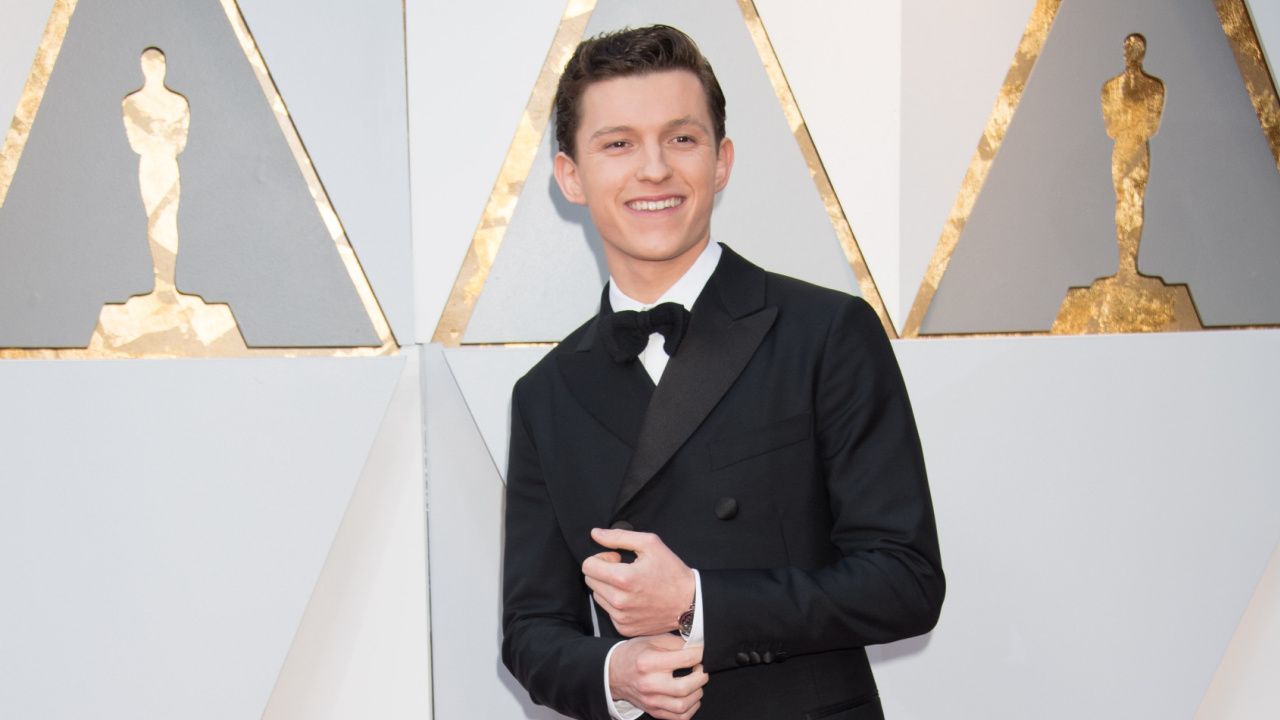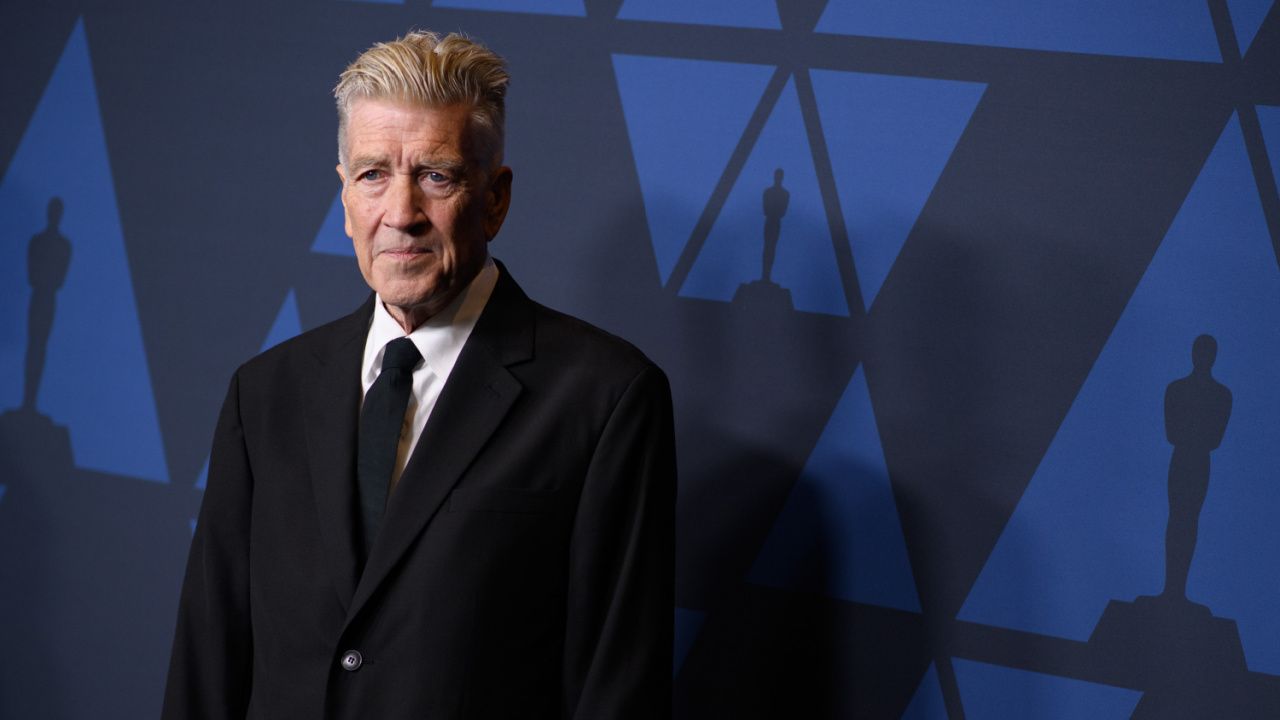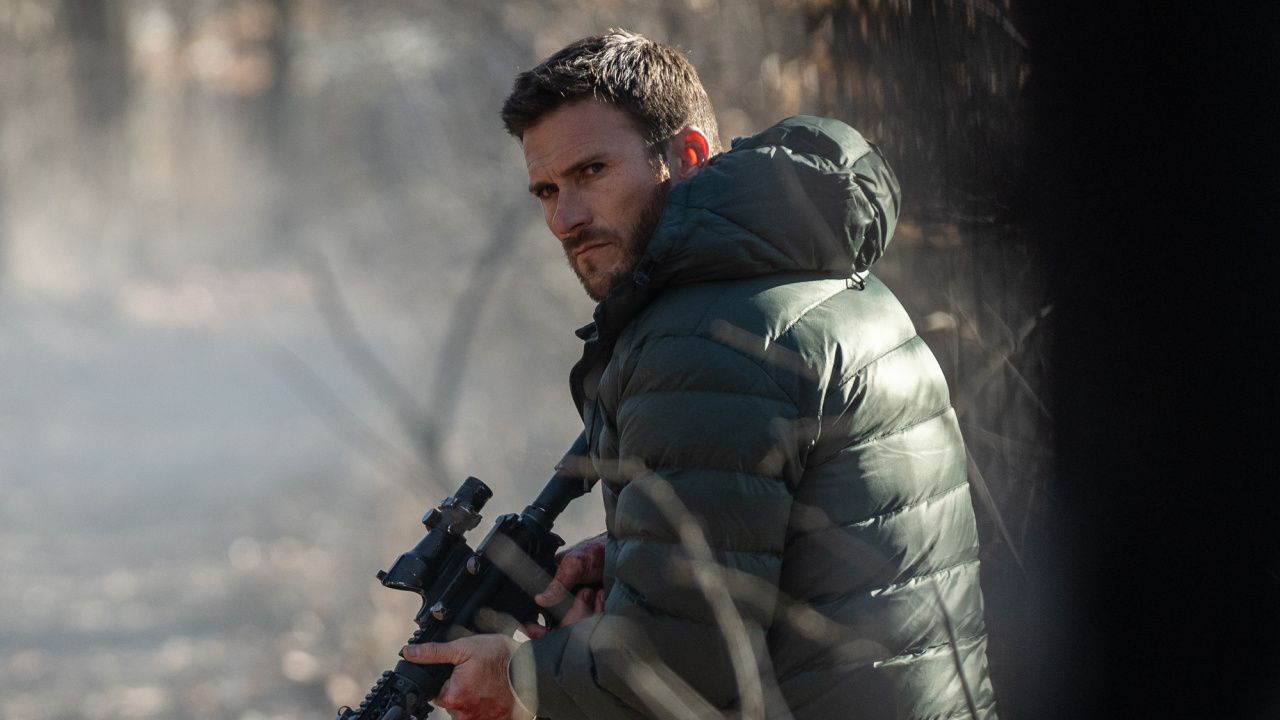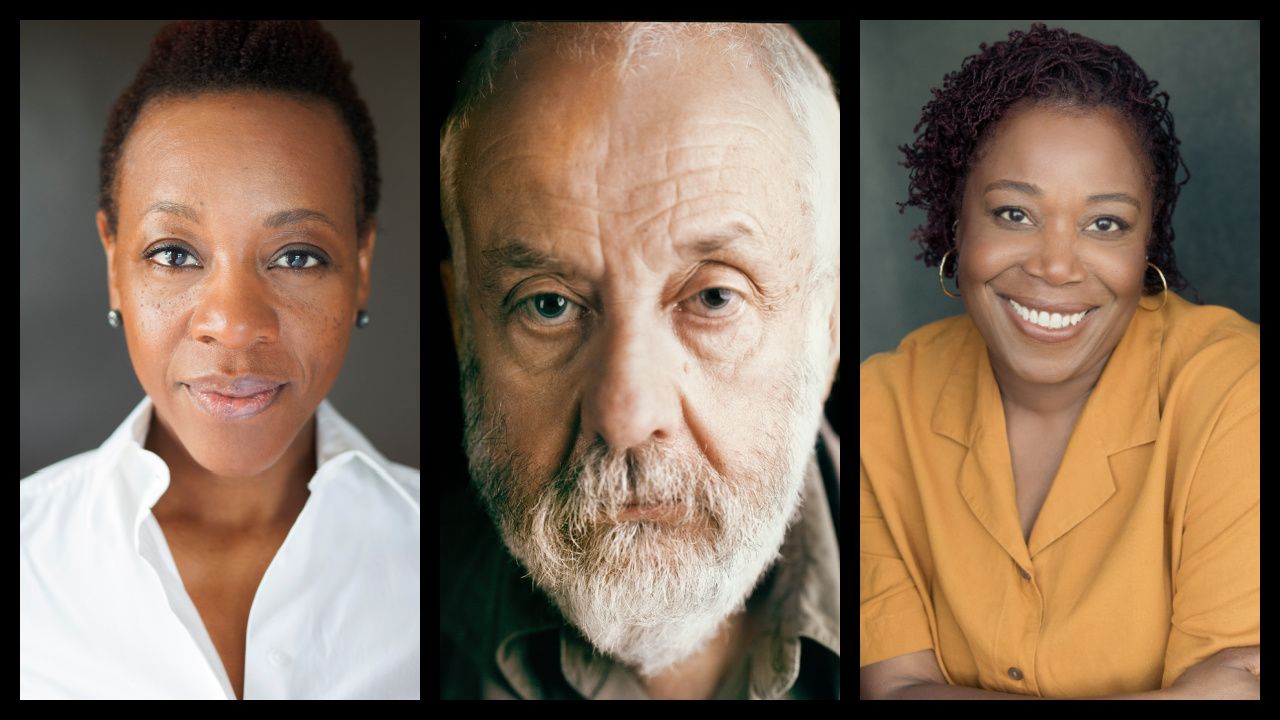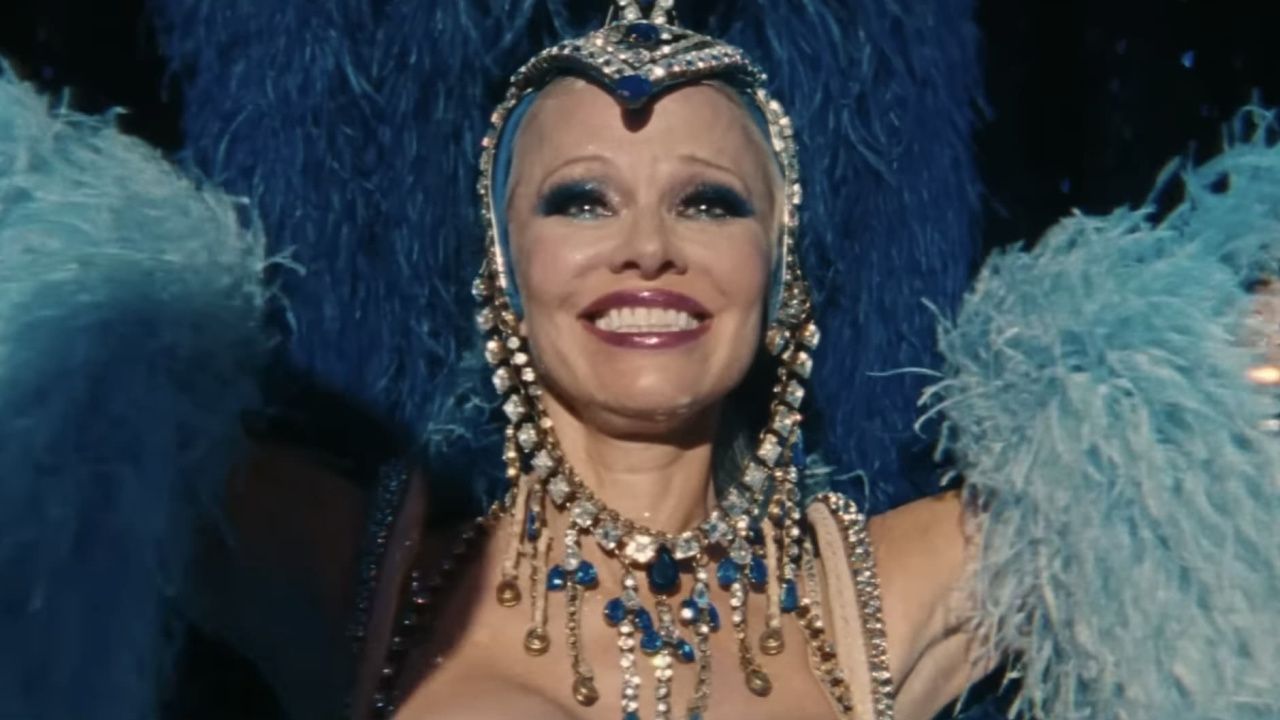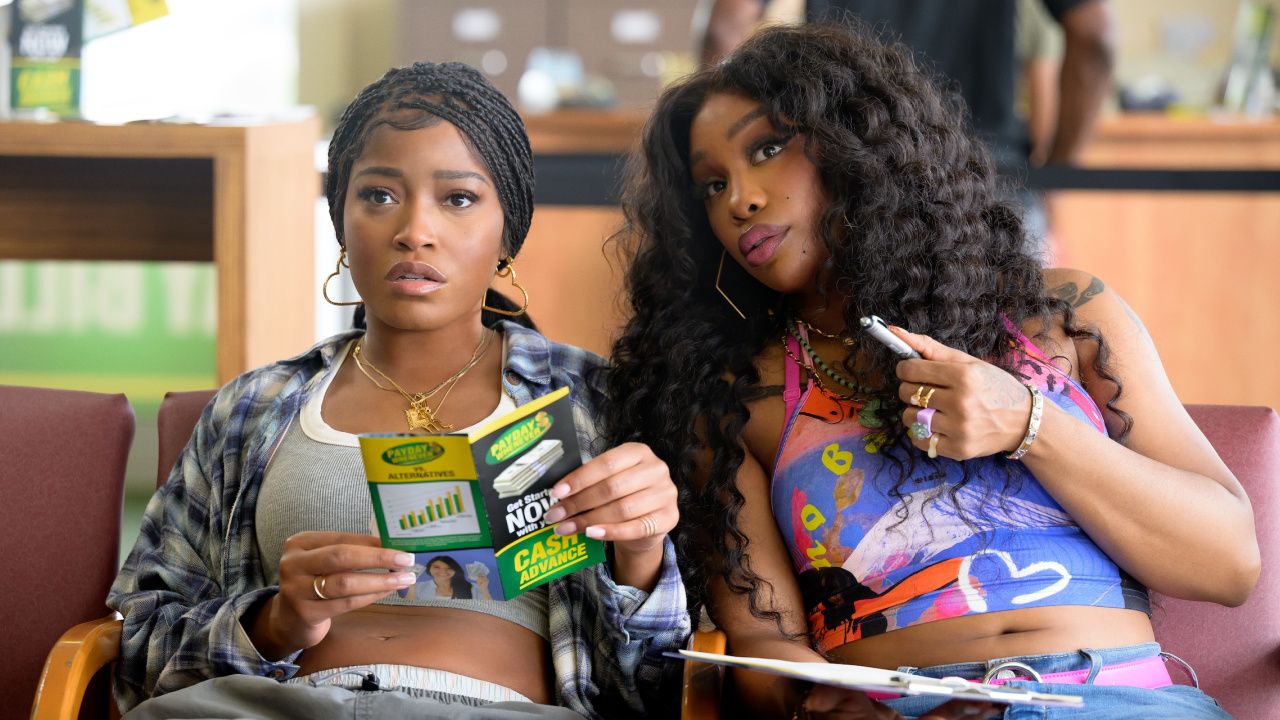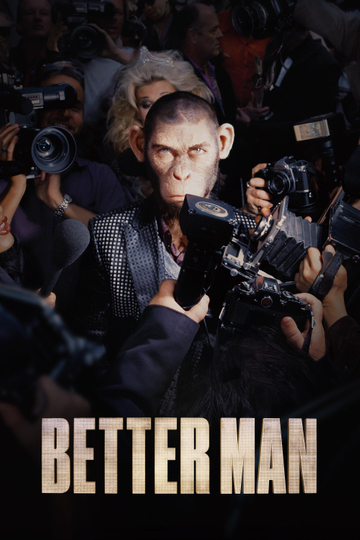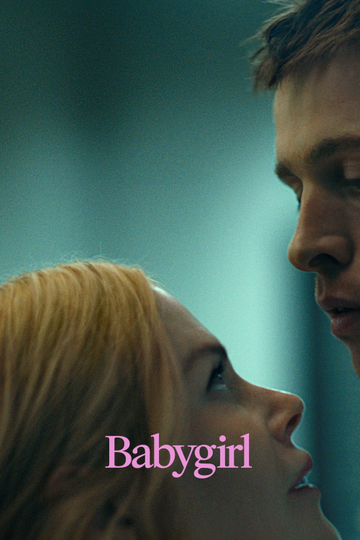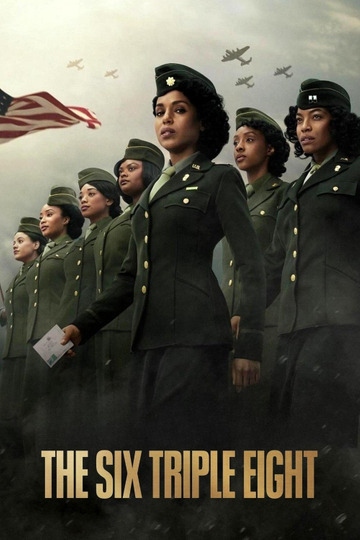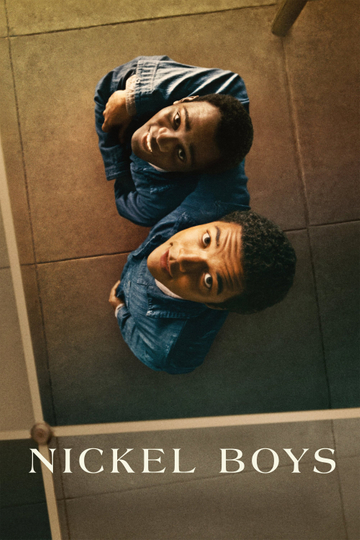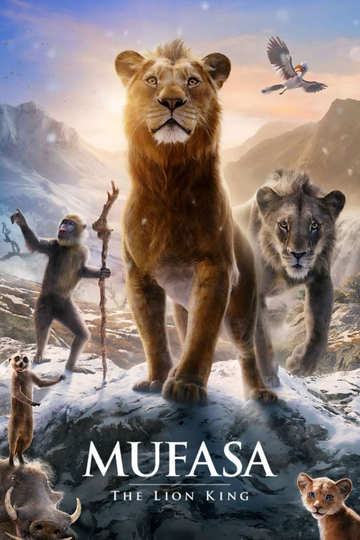Five Years Later, 'Cabin in the Woods' Remains Untouched
I still remember it vividly: Lionsgate had invited me to a super early screening of "Buffy the Vampire Slayer" and "Angel" (he wrote some of the very best episodes in the final seasons for both series). The movie was produced in 2009 and was scheduled for release in February 2010 but was delayed because of an ill-fated 3D conversation and then financial trouble with the studio that produced it, MGM. For a while it looked like the movie would never see the light of day and a kind of growing mystique intensified around the movie, especially for fans of Whedon. Eventually, MGM sold the film to Lionsgate, a mini major that had made a name for itself primarily through its horror output, establishing long-running franchises like "Saw" and "Hostel." It would have its world premiere at the SXSW Film Festival in Austin, Texas, later that spring.
When I sat down in the tiny screening room in midtown Manhattan, I was excited for what I was about to see and, at the same time, totally unprepared. The movie blew my mind and, on its fifth anniversary (it was finally released nationwide on April 13, 2012), it remains just as mind-blowing.
For those of you who haven't seen "Cabin in the Woods" (and really -- what's your excuse?), it begins with humdrum banter between a couple of office drones played by Richard Jenkins and Bradley Whitford (who is currently starring in a similar genre-upending horror treat, "Get Out"). There's an ominous title card, hilariously abrasive in its "look how scary this is" outlandishness. After that, we're introduced to our main characters, who look, at least from the outside, like the typical monster fodder from your favorite horror movie. There's the handsome jock (a then-unknown Chris Hemsworth), the mousy nerd (Kristen Connolly), the perky blonde (Anna Hutchison), the lovable stoner (Fran Kranz), and the mysterious new guy (Jesse Williams). Except, even from the outset, they don't follow their conventions. The jock is actually brilliant, the mousy nerd coming out of a sexually advanced relationship with a professor, the blonde has hidden depth, and the stoner is funny -- not because he's stoned but because he's actually funny.
Occasionally, we cut back to the two white guys we were introduced earlier; they suggest that the kids are traveling to the spooky cabin is part of a plan. It's unclear if it's predestined. Who exactly are these guys working for? And to what end?
Once the kids get to the cabin, they start inhabiting the clichés -- the jock becomes more outwardly aggressive, the blonde gets more air-headed (and topless). Meanwhile, the drones react positively. When the kids mistakenly awaken a family of backwoods hillbilly zombies, Goddard (who also directed) cuts back to the office to see the pool that employees had placed on the kids' method of destruction.
Everything gets weirder but more incisive, until it's clear that this is a simulacrum. The characters in the movie are trapped -- but so is the audience. Instead of just an entertaining, characteristically zippy horror movie, you realize you're watching an investigation into why we, as an audience, so desperately crave an entertaining, characteristically zippy horror movie. The relationship between audience and subject is blurred; are you rooting for these attractive young people to meet grisly ends? And why? What does this mean for movies? And society at large?These are pretty heady questions, especially for a movie with so many rubber monsters. And it can be enjoyed, for sure, as just a very clever horror movie that subverts classic tropes in new and fresh ways. The ending, in particular, is satisfying in both an intellectual and emotional way that few genre films are. It really has its cake and eats it too by delivering something deeply unexpected that is also touching and probing. (If you haven't seen the movie, I'm not giving it away here.)
But what's so fascinating about "Cabin in the Woods," especially five years on, is how little it's been imitated. That's really a testament to its colossal power -- it is so singular, so visionary, that nobody could even attempt to replicate its charms. (Think about "Scream," which similarly blew apart the horror genre, and how many weak tea rip-offs there were in its wake, for years to come.) The magic of "Cabin in the Woods," in its delicate tonal balance, in its willingness to both antagonize and root for its audience, in its sardonic wit and irreverence, hit on something that was impossible to copy. Five years later, it's a dazzling tour de force and unlike anything in the horror genre before or since.
"Cabin in the Woods" is also one of the rare movies that wears its influences on its sleeve and interprets those references, reconstructing them into something new and thrilling, something wholly unique. (The films of Quentin Tarantino and Edgar Wright also come to mind.) It's easy, especially in today's hashtag-stuffed culture, to just sit back and watch a movie and count all of the Easter eggs and shout-outs to other, better films. "Cabin in the Woods" paid homage while forging its own path. And that's amazing. It's a Frankenstein's monster of a horror film that still manages to be something that is totally its own thing. It doesn't stop to point out how clever it is or to double-underline its points of reference. Instead it forges its own blood-soaked path.
And that's really the legacy of "Cabin in the Woods" a half-decade later -- that nobody had ever seen anything like it before and nobody has seen anything like it since. It's a rare movie that is as thrilling as it is subversive, as bloody as it is brilliant; a movie that dared to be something different and new while acknowledging everything that came before it. All of this leads to a movie that is still untouchable.
